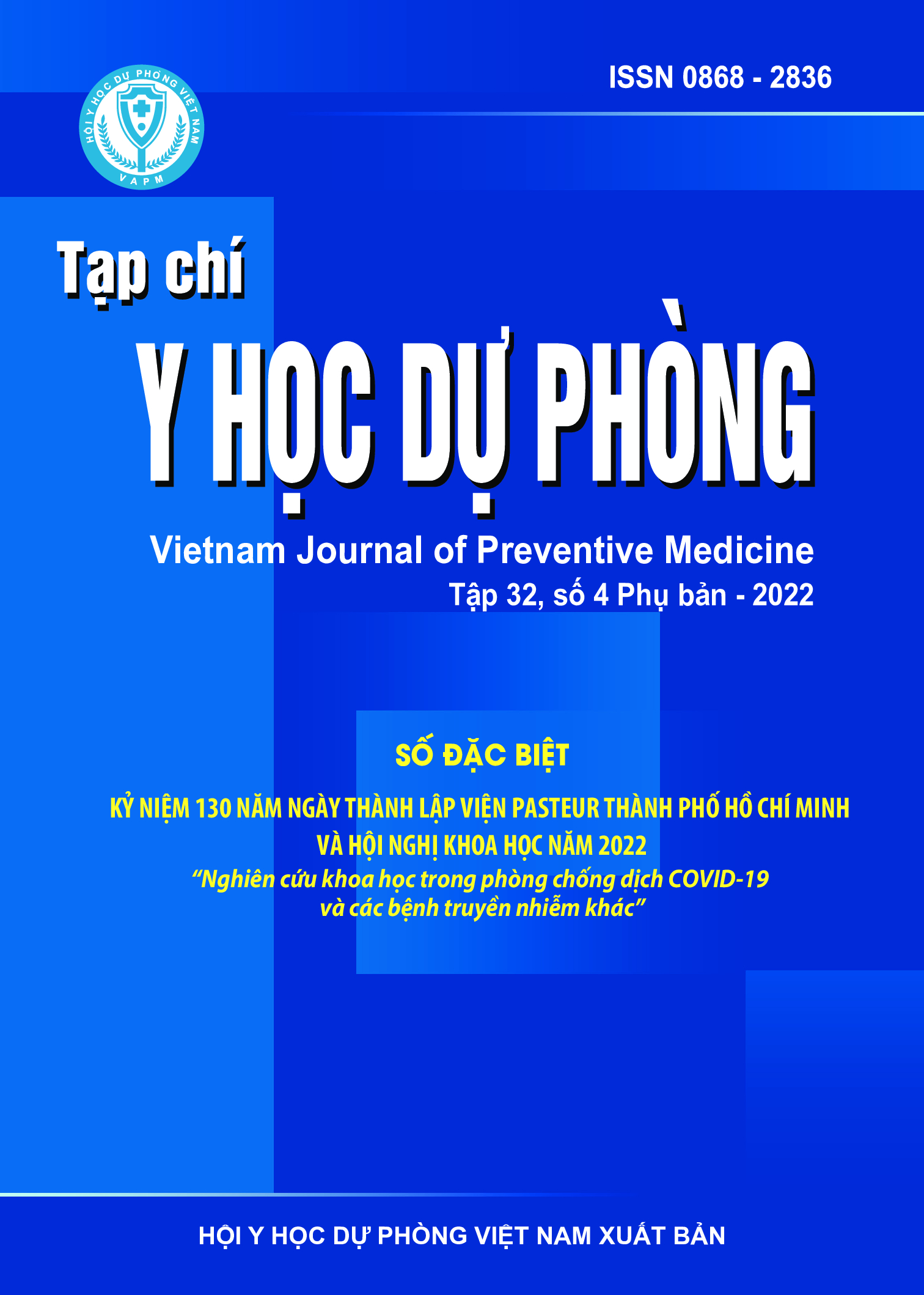Antimicrobial resistance and mutations in the mtrR gene associated with Neisseria gonorrhoeae reduced susceptibility to ceftriaxone and/or cefixime isolated at Ho Chi Minh City Hospital of Dermato Venereology in 2019
DOI:
https://doi.org/10.51403/0868-2836/2022/733Keywords:
Neisseria gonorrhoeae, Gonorrhea, cefixime, ceftriaxoneAbstract
The global rapid emergence of cefixime and ceftriaxone - resistant Neisseria gonorrhoeae threatens current recommend azithromycin/
ceftriaxone dual therapy for gonorrhoea to ensure effective treatment. With the aim of characterizing the antibiotic resistance and mechanisms of resistance in this pathogen, 20 N. gonorrhoeae strains with decreased susceptibility to ceftriaxone and/or cefixime from Ho Chi Minh City Hospital of Dermato
Venereology in 2019 were isolated to identify their resistance patterns and mutations in their mtrR genes associated with cefixime and ceftriaxone using the Sanger sequencing method and bioinformatics tools. The results showed that all the strains were resistant to nalidixic acid, ciprofloxacin and bactrim, 90% resistant to tetracycline, 50% resistant to penicillin, and 25% resistant to doxycyclin, no strains were found resistant to azithromycin. Three representative strains have high-level resistance to ceftriaxone (MIC = 0.38 - 0.5µg/ ml) and cefixime (MIC = 1.0µg/ml), high as 1.5 - 2 and 4 times that of the ATCC 49226 strain (CLSI, 2020), respectively. Analysis of mtrR
gene of 3 representative strains, we identified 4 mutations: three amino acid substitution mutations in the coding sequence of the mtrR gene (A40D, T86A, H105Y) and one deletion of 1 nucleotide (A) in the promoter of the mtrR gene which may help this isolate increase the resistance to ceftriaxone and cefixime.
Downloads
Downloads
Published
How to Cite
Issue
Section
License
Publication License No 150/GP-BTTTT signed on May 8, 2014;
Electronic Publication License No 322/GP-BTTTT signed on June 15, 2016.


